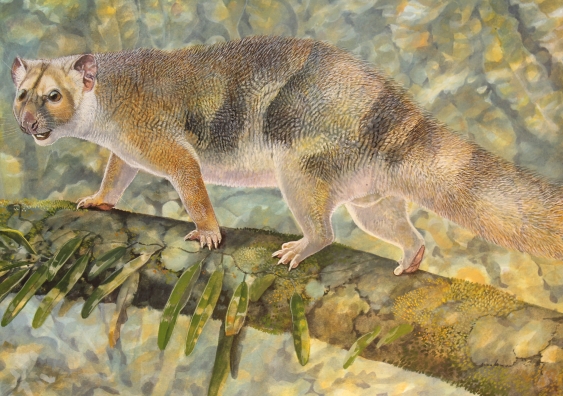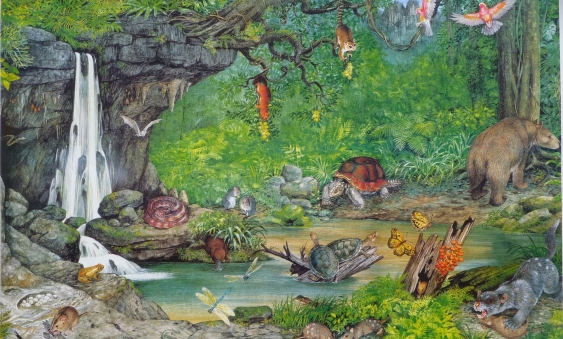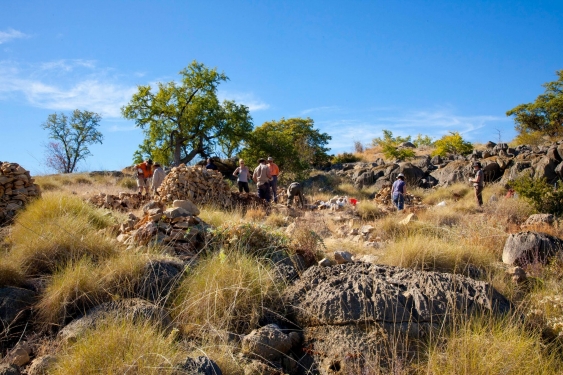Hello kitty: extinct mini marsupial lion named after Sir David Attenborough
The fossil remains of a newܧspecies of tiny marsupial lion that prowled the lush rainforests of northern Australia about 18 million years ago have been unearthed in the Riversleigh World Heritage Area.






